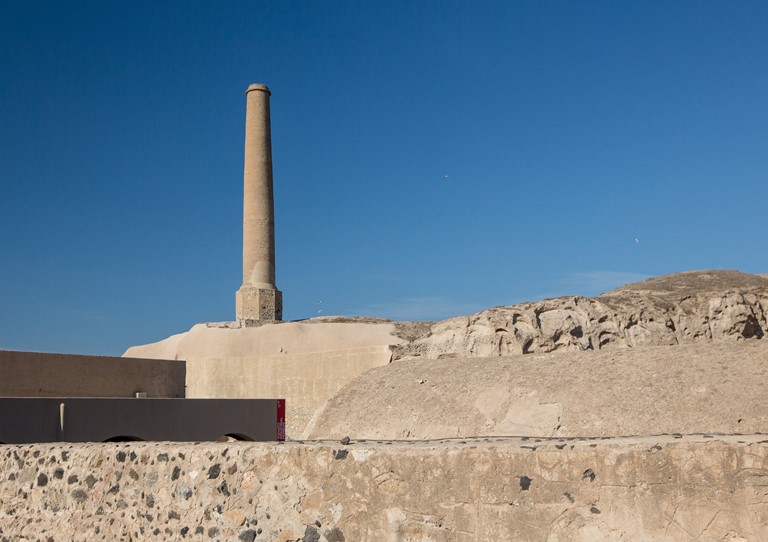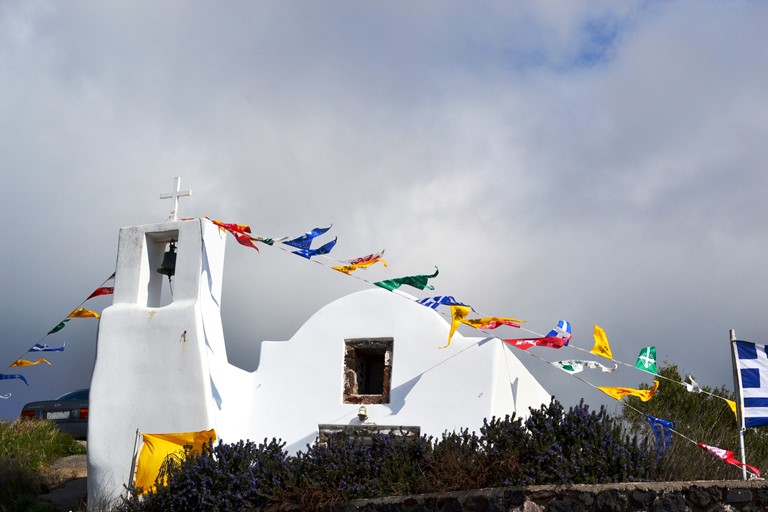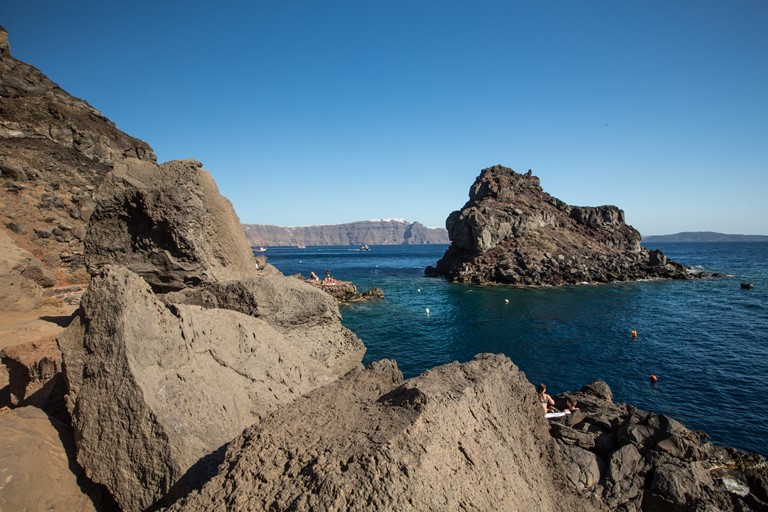Argyros Mansion Museum, Messaria
The elegant mansion that houses this museum was built in 1888 by local craftsmen, who had taken part in building important neoclassical mansions in what then was the newly founded capital city of Athens. It was the main residence of the family of George Argyros, who grew vines to make Vinsanto, a wine that already had global fans in the 19th century. Current owner, Manolis Argyros is the fourth generation of the family and the man that turned the mansion into a museum. Argyros Mansion is now considered to be a remarkable example of architecture of its time and a museum whose visitors can see what life was like for the island’s elite back in the 19th century. Spaces open to visitors include the living and dining room, George Argyros’ office and his, as well as his wife’s, bedrooms.
Lignos Folklore Museum, Kontochori-Fira
At Lignos Folklore Museum one can explore a typical Santorini cave house. The museum is housed in an old winery and also includes a traditional carpenter’s, barrel maker’s, shoemaker’s and tinsmith’s workshops as well as an art gallery. In the two chambers of the house that constitutes the main part of the museum, visitors can experience a traditional Santorini living space. The house consists of a hall, a bedroom, a dining room, a cellar and a kitchen, as well as a children’s bedroom. Each room is brought to life thanks to the furniture and daily-use objects of a bygone era. Saint Constantine and Helen’s chapel, located in the museum’s courtyard, forms part of the visit.
Naval Maritime Museum, Oia
Housed in a 19th century mansion, Santorini’s Maritime Museum features rare figureheads, seamen’s chests, traditional maritime equipment , models of local ships, as well as old photographs and a library. Oia’s merchant fleet led it into economic prosperity at the turn of the 20th century, when Santorini’s vessels traveled from Alexandria to Russia and the ships’ captains built their two-storey houses in upper Oia. The Greek merchants had the chance to exploit the international opportunities that arose in commercial routes thanks to the competition between the English and the French.


Almost everybody knows that Santorini’s unusual beauty is the result of a volcanic eruption but, once you are on the island, it is hard to tell where that volcano actually is. Santorini as we know it today, is the result of four volcanic eruptions the last of which occurred in 1620 BC. This final...
Read More

Saint Matrona’s festival takes place on October 20 in Finikia and is one of Santorini’s most popular panigiria, as these open air celebrations are called in Greece. Saint Matrona’s church is decorated with palm leaves on the eve of the celebration and the religious icon that depicts the saint is...
Read More

Santorini’s seabottom is a combination of “crystal clear waters and dramatically impressive underwater landscapes”, as Pierre Yves Cousteau put it. It was forty years ago that his father, oceanographer Jacques Cousteau, explored the depths of Santorini in search of the lost city of Atlantis. The...
Read More





